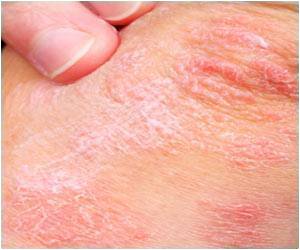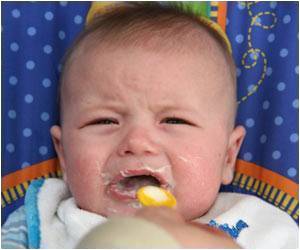Anesthesia pouch helps children recovering from orthopaedic surgery feel less pain and leave the hospital soon. The small pouch that delivers local anesthetic agents blocks pain transmission from surgical sites. Already used in adults, doctors at The Children’s Hospital of Philadelphia adapted the technique for children.
Their findings are published in the November 2007 issue of the journal Anesthesia & Analgesia. Children’s Hospital physicians studied outcomes for 217 children who received the procedure -- called continuous peripheral nerve blockade (CPNB) -- for pain management after orthopaedic surgery between 2003 and 2006.“The main advantage is that the patients can leave the hospital sooner,” said Arjunan Ganesh, M.D., a pediatric anesthesiologist at The Children’s Hospital and the lead author of the study. “And, you are able to ensure better pain control and to decrease use of opioids and their side effects, such as itching and nausea.”
In addition to an earlier hospital discharge and better pain management, the catheter system offers continuous relief for as many as 100 hours and may be cheaper than alternative treatments and long hospital stays.
Adults have benefited from CPNB for more than seven years, but little research has been done until now into the feasibility, safety and effectiveness in children after surgery. This study looked at some of the main concerns, namely how patients fare with placement of catheters under general anesthesia, and how well patient families follow at-home directions. The Children’s Hospital doctors have now used CPNB for pain management on almost 500 patients since January 2003.
Once the patient leaves the hospital with a small anesthesia pouch attached to a belt worn over the shoulder or around the waist that delivers local anesthetic (numbing medication) around nerves, they receive daily visits from a home nurse until the catheter is removed. Parents can take out the catheter themselves at home, avoiding another office visit. Physicians or nurse practitioners call patient families once or twice a day until resolution of the numbness or any side effects following removal of the catheter.
“CPNB has never been done routinely in pediatrics,” adds Dr. Ganesh. “I don’t know of any other institution that regularly sends children home with catheters. They may be starting to do it now, after we have shown in studies that it works. One of the main reasons for the successful launch of this program was the acceptance and interest generated by our orthopaedic surgeons and pain nurse practitioners who helped train the post anesthesia care unit and educate parents, without whom this program would not have taken off. “
Advertisement
Also, because of the limited number of patients examined in this study, the incidence of rare serious adverse events could have been underestimated. Therefore, additional studies are needed, the authors concluded.
Advertisement
SRM /B









